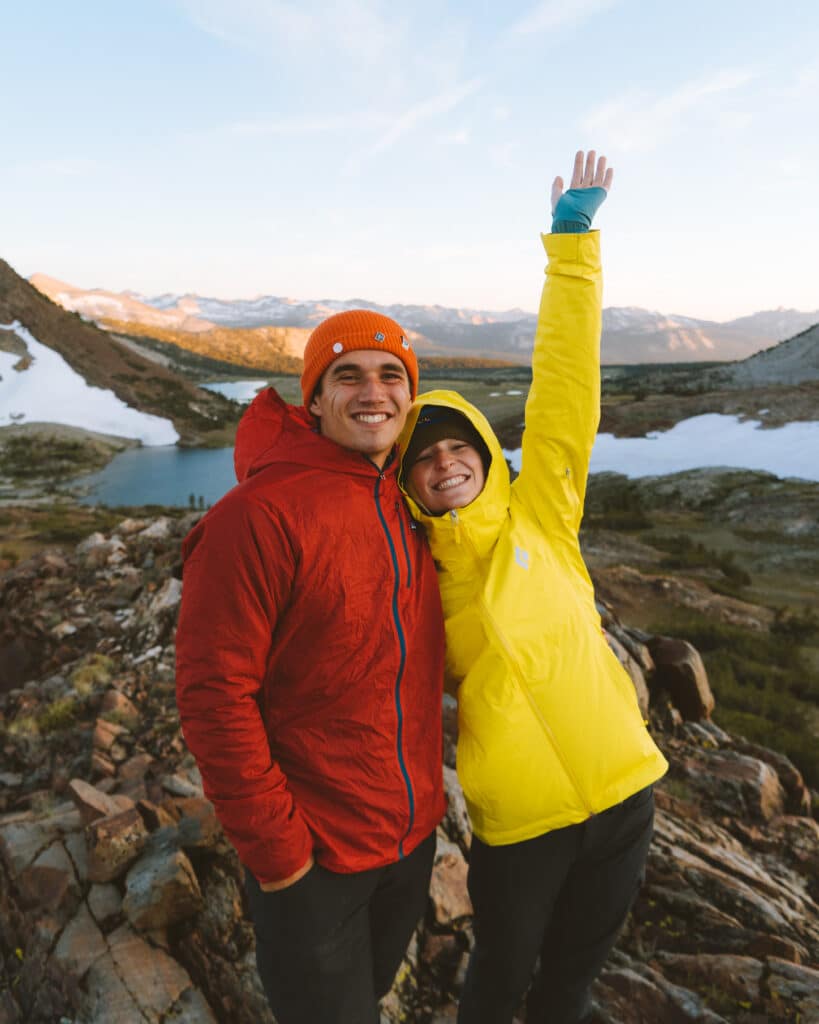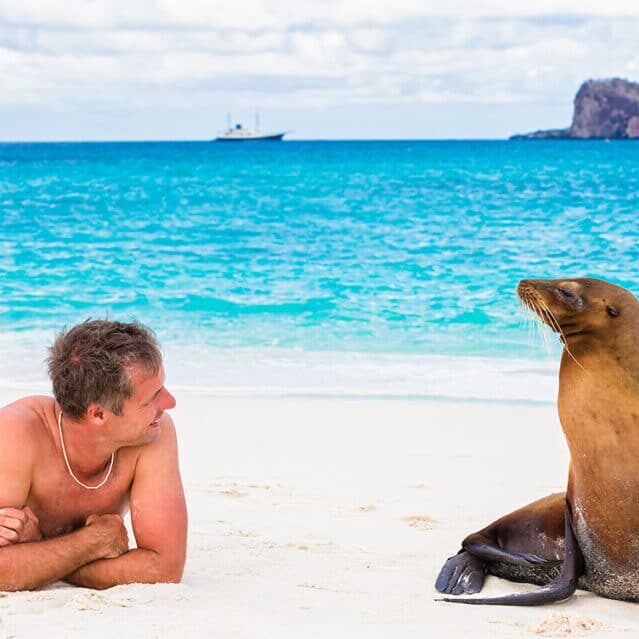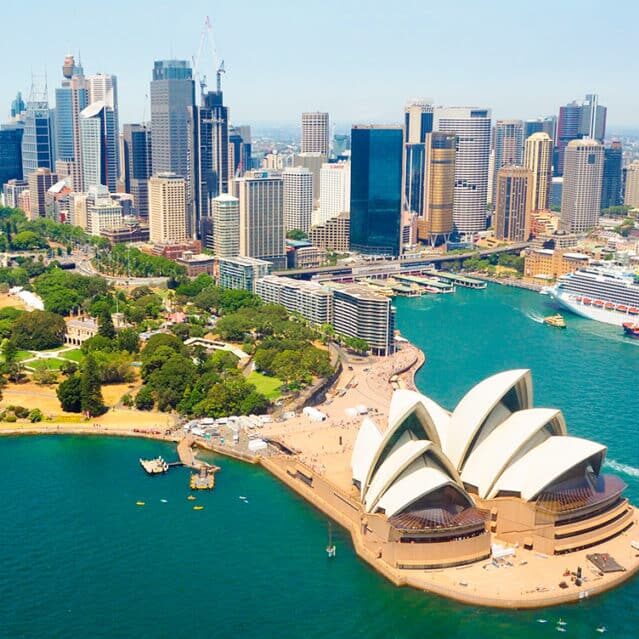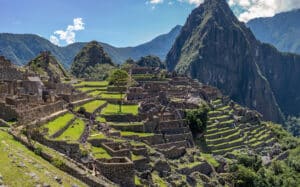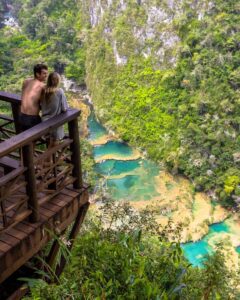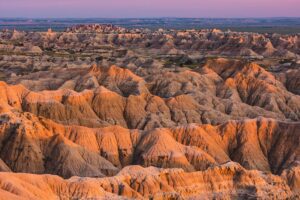Plitvice Lakes National Park Guide: Tips, Difficulty, and Routes
Disclaimer: This post may contain affiliate links. Please see our Disclosure Policy and Advertiser Disclosure for details.
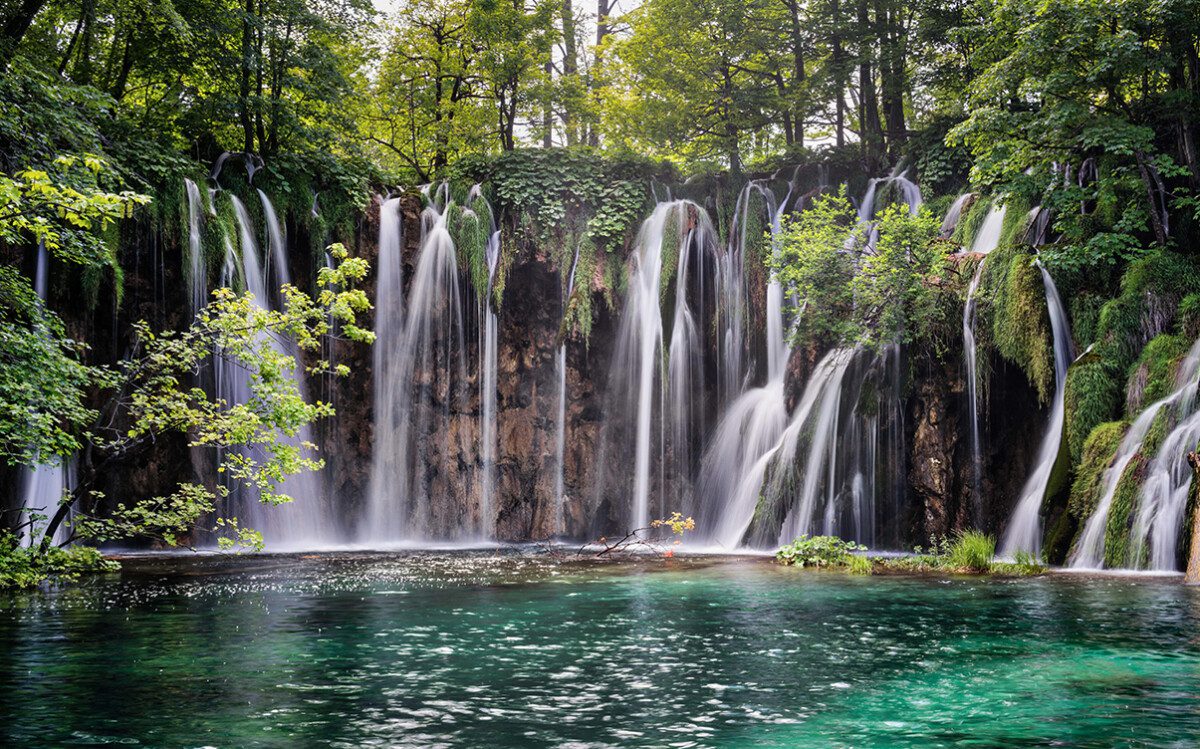
The world is packed full of parks, nature reserves, and stunning landscapes that feel like paradise. As world travelers, we’ve been to dozens of these locations around the world, from the close-to-home to further afield.
There are adventures awaiting all around the world, so if you’ve got your passport ready to go and you’re up for a flight, visiting scenic destinations overseas is an incredible opportunity for a unique experience.
One such adventure is nestled on the edge of Croatia near the border with Bosnia and Herzegovina. It’s called Nacionalni park Plitvička jezera, aka Plitvice Lakes National Park, and it’s a wonderful place to visit. Let’s talk all about it, and by the end, maybe you’ll be convinced to give it a visit!
To get more details directly from the source, you can visit the official website for Plitvice Lakes National Park here.
What and Where is Plitvice Lakes National Park?
Plitvice Lakes National Park is located in south-central Croatia, about a two-hour drive south from Zagreb or two hours north of Zadar. It’s a 73,000-acre national park founded in 1949, which has since been inscribed on the UNESCO World Heritage list for its unique and stunning natural formations.
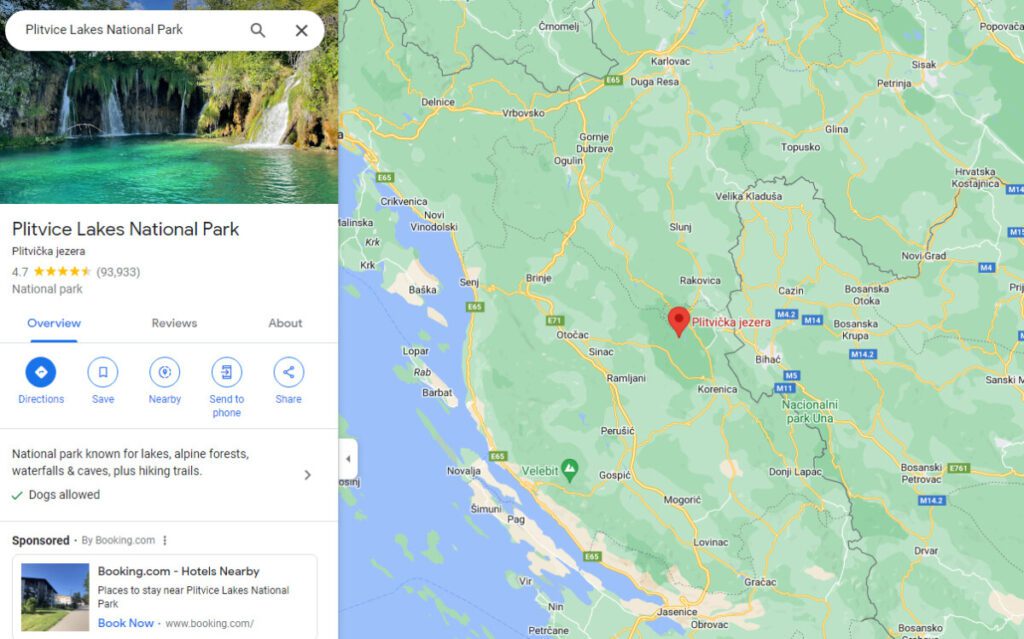
Plitvice is, to put it simply, stunningly gorgeous. It feels like something out of a fantasy land, with tiered lakes connected by cascades formed from a handful of rivers and other water sources gathering in the area.
Over a million people visit Plitvice every year, with most of them visiting in the summer. If you’re looking to check out the park, you can expect bigger crowds between June and August and smaller crowds (but less picturesque scenery) in the winter months. The park is Croatia’s #1 tourist destination, and with good reason, but that comes with both good and bad repercussions. Don’t let it dissuade you from a visit, though!
The park is open 365 days a year, though hours are longer in summer, and parts of it (like the Upper Lakes) close in the winter. To get the most out of the park, you really have three options. You can show up at the start of the season when spring is in full swing, and the Upper Lakes are just opening, you can visit during the end of the season before the Upper Lakes are closed in the fall, or you can visit in the middle of summer when the beauty (and the crowds) are in their peak. A lot of it comes down to what you want to get out of the park and your visit as a whole.
Ticket prices vary throughout the season and have been slowly ticking up over the years. You can buy one-day or two-day tickets, and they range from about 10 euros per adult in the off-season to 40 euros per adult in the peak season. You can also book packages with tours, lodging with tickets included, and more. There are a lot of options, and you can both buy tickets in advance or buy them at the gate if they’re available. They encourage advance purchases, so do that if you can.
- Note: There’s a daily entrance cap of 10,000 people, which means in the peak season, you might be out of luck if you show up too late in the day without a ticket already in hand.
With a ton of interconnected lakes, waterfalls, views from inside and above the canyons, and even some caves, the scenery feels ever-changing and almost like a fantasy you’d never expect to see on our planet. It’s an unforgettable experience, that’s for sure.
How Difficult Is the Trip Through Plitvice Lakes?
Plitvice is a very tourist-friendly national park. Many of the walking trails are boardwalks, and while they aren’t always the smoothest, it’s still a far cry from climbing over wet rocks or trudging through sand. That said, some of the boardwalks are not very wide, and some sections of the trails take you over damp rocks and slick surfaces. It’s all generally pretty easy, especially for experienced adventurers, but if you’ve never been anywhere that didn’t have a flat, paved sidewalk, you might have a harder time.
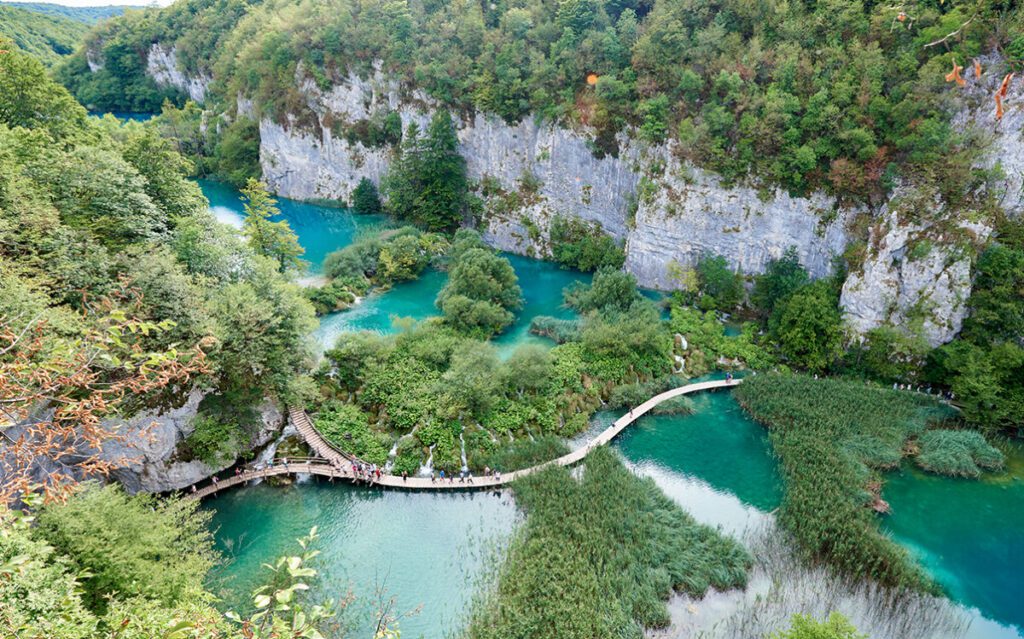
There are also shuttles and ferries throughout the park, offering faster travel from point to point, which are particularly useful for people who planned a day trip and only have a few hours for a whirlwind tour through the park.
What Routes Can You Take Through Plitvice Lakes?
There are two entrances to Plitvice Lakes National Park. Entrance 1 is to the north and is the best place to start if you have all day to take your time walking the boardwalks, taking the shorter ferries, and seeing as many sights as possible. Entrance 2 is closer to the ferries that lead to the Upper Lakes and to the shuttle system that can take you anywhere, so it’s the go-to entrance for day-trippers.
The park has a set of established trails and routes throughout, with ferries and shuttles to take you around and across lakes where necessary. They offer a handful of “programs” or routes you can follow, but you’re free to eschew the planned routes and follow the paths wherever they would take you, as long as you can get out before closing time.
- Note: There is no free-form hiking in Plitvice. You must stick to the trails and paths for your own safety and for the conservation of the park. Similarly, there’s no overnight camping in the park, no swimming, no fishing, and no fires.
Program A: This route starts at Entrance 1 and takes you out and back along the lower lakes canyon. It’s relatively short, only 3.5 km, and takes about 2-3 hours. It’s probably the easiest route from Entrance 1 and stops before you get into any of the trickier hiking.
Program B: This route is the same as Program A, except where A stops and has you turn around, B takes you on an electric ferry across the largest of the lower lakes and brings you back with a panoramic train ride. It adds about 500 m to the route for hiking and an extra hour for the rides. It’s a great way to get a lot more beauty out of the park without a ton of extra hiking.

Program C: This is, again, a continuation of Program B. It’s significantly longer than B, though, bringing you up to the Upper Lakes with a total of 8 km of hiking. You still get the ferry ride, after which you explore the Upper Lakes with a whole range of twisting and turning paths and boardwalks, and optional shuttles to bring you back. Plan for 4-5 hours of following this program.
Program E: This is basically the second half of Program C around the Upper Lakes. The twist is that it starts at Entrance 2, so you don’t get the long ferry ride or the initial hiking around Entrance 1. This is a popular route for day trippers, covering about 5 km over 2-3 hours.
Program F: This is just Program B, but in reverse, starting from Entrance 2 instead of Entrance 1. As of this writing, though, this route is closed. There’s an alternate route available, however.
Program H: This is Program C in reverse, starting at Entrance 2. There’s some slight variation around the Upper Lakes route, with a slightly shorter hike as a result, but you’re still looking at 4-6 hours of travel over 9 km. It’s definitely gorgeous, but it’s a long day if you’ve got a drive in and out of the major cities when you visit.
Program K: This is your full park experience. There are two versions, one from each entrance, and they both take you the full cycle throughout the park, visiting both the Upper and Lower Lakes, taking you across the ferry and along the panoramic train, and with plenty of hiking. You’re looking at a bit over 18 km of hiking and a full 6-8 hours in the park, so plan this when the summer hours are long, and you have plenty of day to explore, or when you’re staying nearby and can get there early and stay late.
Plitvice Lakes Rules and Regulations
Above, we mentioned that you can’t hike off the beaten path, you can’t camp, and you can’t swim or fish in the water. That’s not all, though; they have other rules as well, which can be impactful for your trip planning.
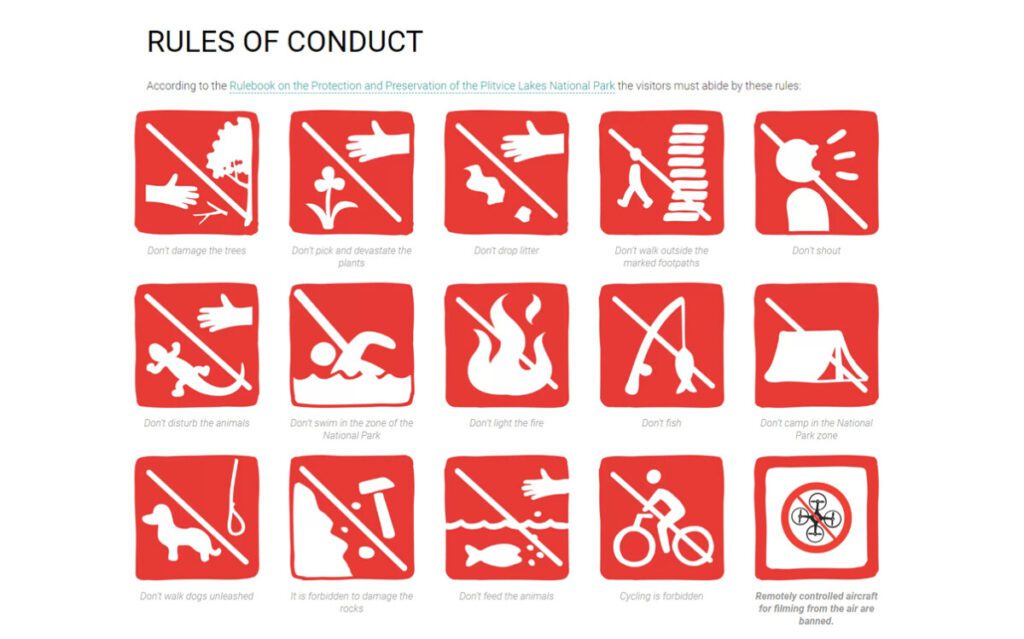
First of all, you must respect nature. Don’t damage rocks or trees, don’t bother the wildlife, don’t drop litter outside of the designated trash bins, and don’t shout (outside of legitimate emergencies). While dogs are allowed, they have to be on a leash at all times. You’re also not allowed to cycle through the park.
Secondly, obey the photography rules. Commercial photography and video require special permission via application at least 20 days in advance. Personal use photos and videos are fine (they certainly wouldn’t want to police who can take their canyon selfies, right?). The biggest rule is that drone photography and videography are banned entirely. You can read more about their photography policies here.
How Can You Get the Most Out of a Trip to Plitvice Lakes?
What else do you need to know to make the most of a trip out to Croatia and Plitvice? Let’s run down some of the tips first-time visitors will find most useful.
First, plan for several days. While you can technically make it a day trip, there’s enough to see and do throughout the park that it’s worth it to come and go for a few days in a row, hitting different trails and paths each time. While the one long-haul hike with Program K can be an incredible experience, it’s also very long, and if you aren’t experienced with spending all day on the move, you’ll feel pressured or drop out part-way through, and it’s better to take it slow over a couple of days than to leave disappointed.
As an added bonus, if you have local lodging, you can avoid the peak-hour crowds. They’ll still show up and filter through the park, but you’ll have much more time in the morning and evening to experience the park without needing to fight through crowds to do it.
Another benefit of planning multiple days is giving you opportunities to try again if a storm rolls through and bad weather puts the kibosh on a day’s plan. Who doesn’t like a built-in mulligan?
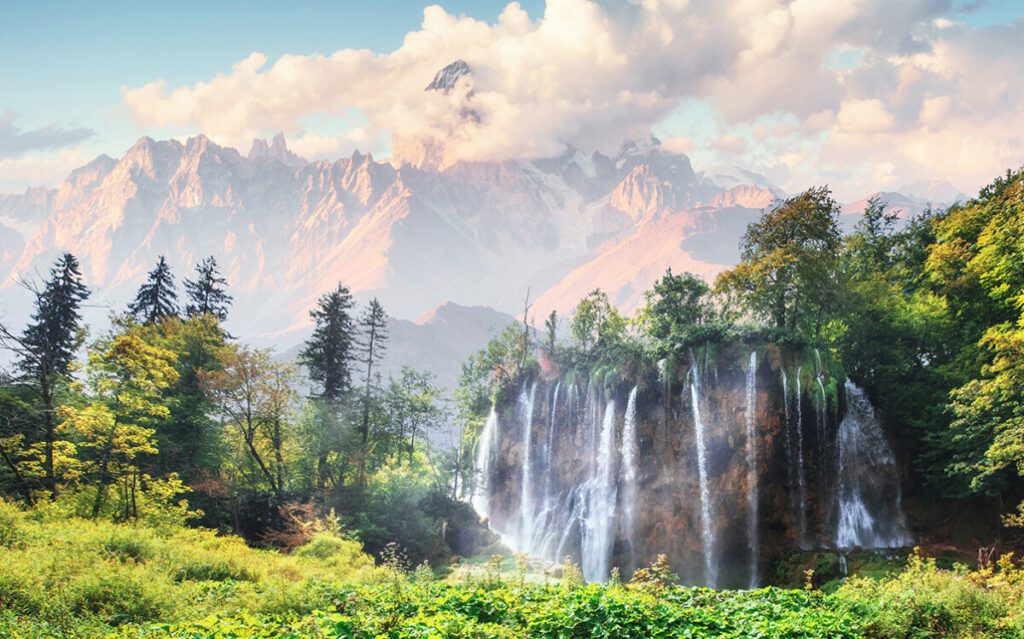
There are a variety of hotels and campsites near the national park but still outside its borders. A great Croatia trip involves flying into one of the major cities like Zagreb, spending a few days exploring the city and the culture, then taking a trip out to Plitvice. Book a night or two at one of these lodging locations for quick and easy access to the park via Entrance 1.
Plitvice is quite rural, and while there are hotels and lodging in the immediate vicinity, you’re not going to have the modern convenience of a supermarket just a quick trip down the road. Bringing your own supplies will help smooth out the experience in case you need something you can’t buy from a local vendor or kiosk.
Finally, make sure to take all of your usual international trip preparations.
- Get travel insurance. You never know what might happen, and facing an emergency, canceled visits, and a disrupted itinerary in a foreign country is immensely stressful. Having at least some backup can go a long way to providing peace of mind even if nothing happens.
- Wear the right gear. Summer in Croatia means a lot of sun, so sunscreen is a must. You don’t need hiking boots, but good shoes are a must-have as well. A decent pack to bring in your water, snacks, and other gear is a good idea too. You don’t need a full backcountry backpack, though.
- Speaking of, bring in a good water bottle and some snacks. Outside food isn’t prohibited (though you can’t cook anything), and local food vendors are pretty expensive, so bringing in your own snacks can be a great idea.
With a little planning, a trip to Plitvice can be one of the best adventures you ever go on, at least without finding your own way through the backcountry. Give it some serious thought, and let us know if you have any questions about how to make the most of any adventure.
You may also enjoy:
